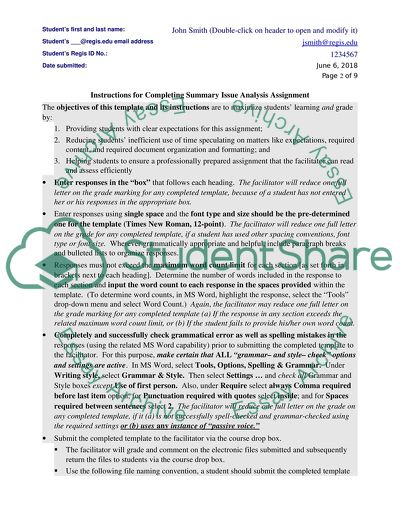Cite this document
(Summary Issue Analysis (research paper) Research Paper, n.d.)
Summary Issue Analysis (research paper) Research Paper. https://studentshare.org/finance-accounting/1762705-summary-issue-analysis-research-paper
Summary Issue Analysis (research paper) Research Paper. https://studentshare.org/finance-accounting/1762705-summary-issue-analysis-research-paper
(Summary Issue Analysis (research Paper) Research Paper)
Summary Issue Analysis (research Paper) Research Paper. https://studentshare.org/finance-accounting/1762705-summary-issue-analysis-research-paper.
Summary Issue Analysis (research Paper) Research Paper. https://studentshare.org/finance-accounting/1762705-summary-issue-analysis-research-paper.
“Summary Issue Analysis (research Paper) Research Paper”. https://studentshare.org/finance-accounting/1762705-summary-issue-analysis-research-paper.


